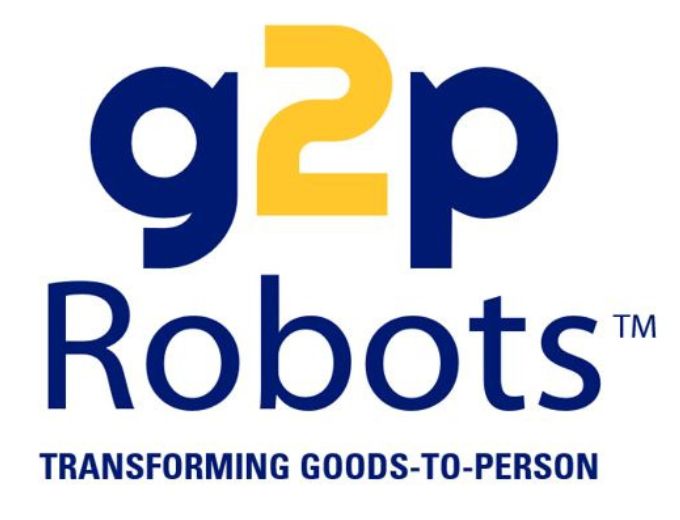Warehouse automation is no longer a luxury — it’s quickly becoming a necessity.
Yet many businesses hesitate, citing concerns about budget, disruption, or the hope that technology costs will eventually fall.
The reality?
Delaying warehouse automation can be far more expensive than acting today.
Here’s why waiting could be silently draining your profits:
Rising Labor Costs Aren’t Slowing Down
Labor has always been one of the biggest operating expenses for warehouse operations — but in recent years, the pressure has intensified.
Wages are climbing faster than ever, and finding, training, and retaining qualified warehouse workers has become a major challenge.
Even if you can fill open positions, the total cost of labor (including overtime, benefits, and turnover) continues to rise each year.
Automation solutions like Goods-to-Person (G2P) robots don’t just help you “get by” with fewer workers — they allow your team to work smarter and accomplish more without continually expanding your payroll.
By automating now, you can lock in efficiencies before labor costs climb even higher.
Missed Productivity Gains Compound Over Time
Time is money — and in a warehouse setting, time lost is almost impossible to recover.
Every week you operate without automation, you miss out on faster picking speeds, tighter inventory control, and smoother workflows.
Goods-to-Person robots can double or even triple picking productivity compared to manual operations.
That means fewer steps, less fatigue, fewer mistakes, and faster order fulfillment — all adding up to a major competitive edge.
In real-world cases like WINC’s warehouse automation project, companies achieved scalable operations handling over 12,000 SKUs with AMR (Autonomous Mobile Robot) fleets, dramatically increasing efficiency.
Small daily inefficiencies snowball into large annual losses.
Inventory Inaccuracy Creates Bigger Problems
When inventory errors occur, the consequences ripple across your entire operation.
Missed picks, miscounts, misplaced items — all of these mistakes lead to longer fulfillment times, higher return rates, customer dissatisfaction, and even loss of future sales.
Manual picking processes are vulnerable to human error, especially in high-volume, high-SKU environments.
In contrast, G2P systems dramatically improve inventory visibility and picking accuracy, achieving error rates as low as 0.1%.
For instance, after adopting G2P solutions, Coca-Cola enhanced warehouse accuracy with real-time tracking, using sensor-driven robots to minimize manual handling errors.
Accuracy isn’t just operational — it’s strategic.
Capital Costs Are Likely to Rise, Not Fall
Many decision-makers hold off on automation because they believe costs will decline over time, like consumer technology.
But warehouse automation follows different market forces:
-
Material costs (like steel, electronic components) are rising globally.
-
Freight costs and installation labor are becoming more expensive.
-
Integration services and project management fees are increasing due to supply chain strain.
Instead of waiting for imaginary savings, companies that invest today see quicker returns.
According to a cost-benefit analysis of AMR robots, most businesses recover their investment rapidly thanks to gains in labor reduction, inventory control, and floor space optimization.
Delaying action is betting against economic trends — and that’s a risky move.
Competitors Are Not Waiting
In today’s market, faster and more accurate fulfillment is the difference between winning and losing business.
Customer expectations have changed permanently — they want faster delivery, better tracking, and fewer mistakes.
Companies that implement G2P robotics and warehouse automation now are gaining strategic advantages in:
-
Speed of order fulfillment
-
Handling SKU growth without additional headcount
-
Offering competitive shipping timelines
-
Reducing operational costs per order
If your competitors automate first, they won’t just catch up — they’ll pass you.
Recovering lost market share can be far more expensive than automating sooner and protecting your position in the first place.
Inaction today can lead to lost customers tomorrow.
Final Thoughts: Don’t Let “Waiting” Cost You the Future
There’s a famous saying:
“The best time to plant a tree was 20 years ago. The second-best time is today.”
The same applies to warehouse automation.
Investing in Goods-to-Person robotics isn’t just about saving on labor — it’s about building a more agile, efficient, and competitive operation that can thrive no matter how the market evolves.
The true cost of waiting isn’t just financial — it’s the opportunity cost of falling behind.
If you’re ready to move forward, even a phased approach can start delivering real results in months — not years.

